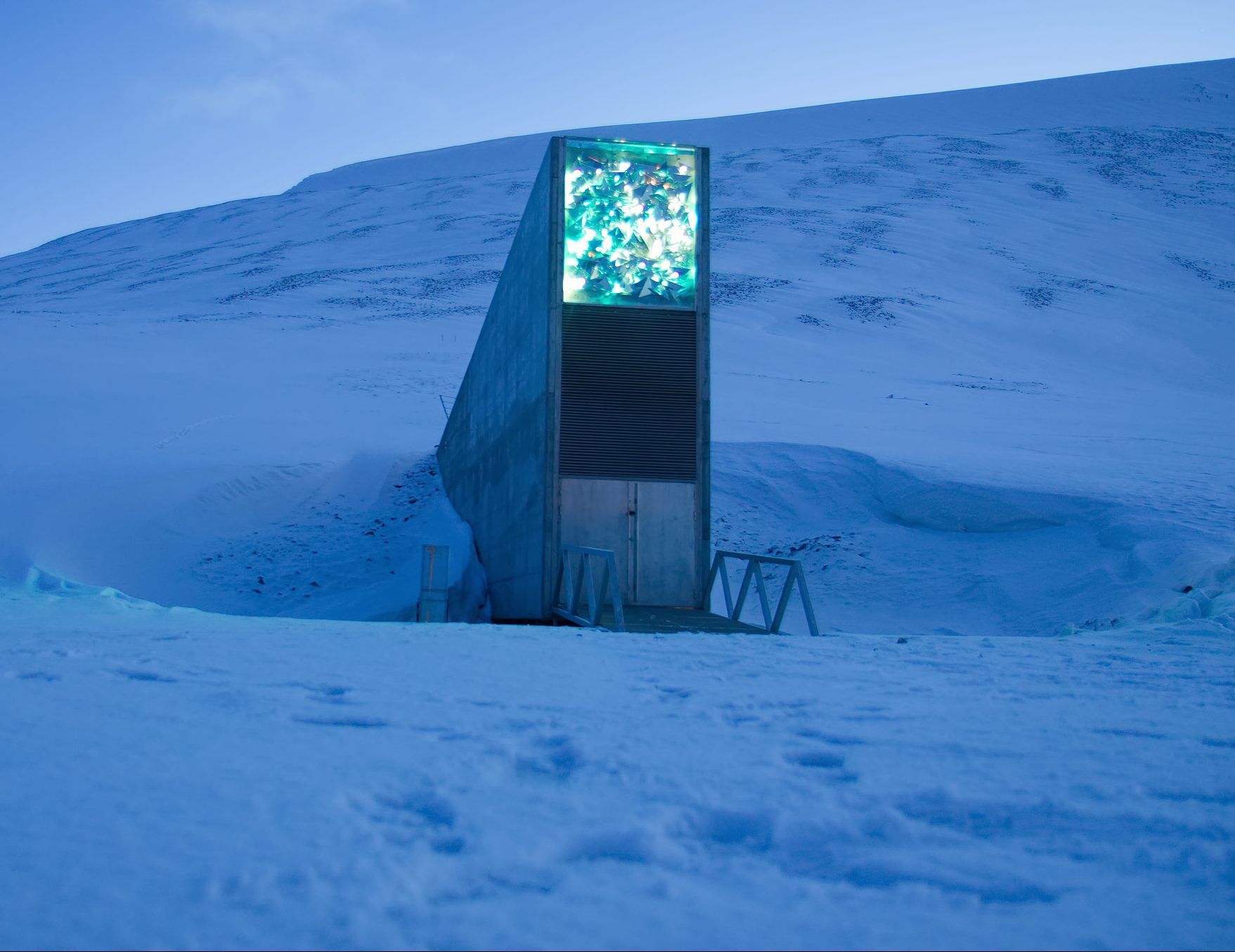Norway plans on spending $16.1 CAD to make technical improvements at the Svalbard Global Seed Vault. The government explained on its website that “the measures are part of a long-term plan to enhance the performance and extend the viability of the seed vault.”
Norway built the vault 10 years ago in an abandoned coal mine on an island in the Svalbard archipelago between Norway and the North Pole. Its purpose is to store seeds and protect the world’s crops and plants in case a disaster, war, or global warming wipes out certain crops. The vault will provide seeds to governments that request them if they need to rebuild their agricultural communities.
In 2016, some water flowed into the vault’s entrance. While nothing was damaged, Norway wants to ensure the integrity of the vault stays intact. The upgrades will enable the vault to “continue to offer the world’s gene banks a secure storage space in the future.” Improvements will include a new concrete access tunnel and a service building that will hold emergency power, refrigerating units and other electrical equipment.
“It is a great and important task to safeguard all the genetic material that is crucial to global food security,” Norway’s Minister of Agriculture and Food Jon Georg Dale said in a statement.
The Svalbard Global Seed Vault currently holds more than 890,000 seed samples from countries all over the world, including crops such as maize, rice, wheat, and potato. It has the ability to store 4.5 million varieties of crops, according to The Verge.
In 2015, researchers took seeds from the vault to use for seed banks in Morocco and Lebanon after the area’s seed bank in Aleppo in Syria was compromised during the country’s civil war. The seeds grew and were later redeposited at the vault.
Some facts about the vault:
- Cary Fowler, a scientist, conservationist and biodiversity advocate, came up with the idea for the vault.
- It cost about $9 million to build, which Norway provided.
- The temperature in the vault is manually lowered to about minus 18 C (0 F).
- If the electricity or refrigeration fails, the seeds will still stay cold.
- The seeds are kept in three-ply foil packages and sealed inside boxes, which are put on shelves. Their temperature and moisture levels are monitored regularly.
Seeds that are donated are owned by those who donated them. Only the people who donated them have access to those seeds and can permit others to borrow them.


